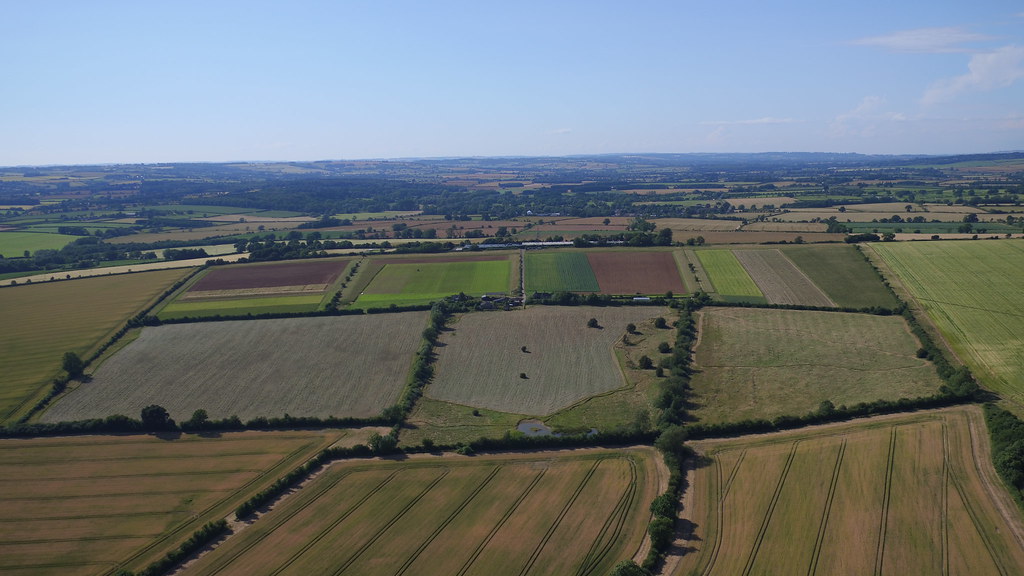Bees Bee-Hiving Badly
Like many of us, the bees in the Honeydale hives appear to be extremely confused by the weird weather we’ve been seeing lately. One minute it’s warm and sunny and ideal for foraging and the next it’s freezing cold with rain, sleet and snow, weather that tells them to stay inside the hive. To confuse matters further, the recent mild winter has meant that the bees probably didn’t use up as much of their reserves as they usually do over the cold months. With rape seeds in flower now, the bees have been out and about, busy gathering nectar. As a result, one of the hives has filled up so quickly with brood, larvae and honey that we’ve already had to add another super (
What's a super? go to 4:05 here), long before we’d normally expect to have to do this.

But the behaviour of the bees is as topsy-turvy as the weather. While one hive is full, the second is pretty empty and the bees are trying to swarm by creating lots of new drones and queens in queen cups. Swarming is a natural process that occurs at certain times throughout the year and allows new colonies to be formed from a single hive. It’s a process that beekeepers are always looking out for and trying to avoid because allowing a colony to swarm can mean losing up to 60% of the population in the hive. The tell-tale signs are the production of new queens and a high proportion of drones (male bees). This would be a major setback in honey production, and reduced bee numbers in the hive make the colony more vulnerable to collapse. We would normally expect swarming to happen later in the spring/early summer. To stall them for now, we have removed the developing queens in their queen-cups. Paul’s bee-keeping mentor Chris Wells is coming to the farm this week to assess what’s going on and take further steps to prevent the hives from swarming.
 |
| Full Brood Box |
 |
| Swarming Brood Box |
.png)







0 comments: